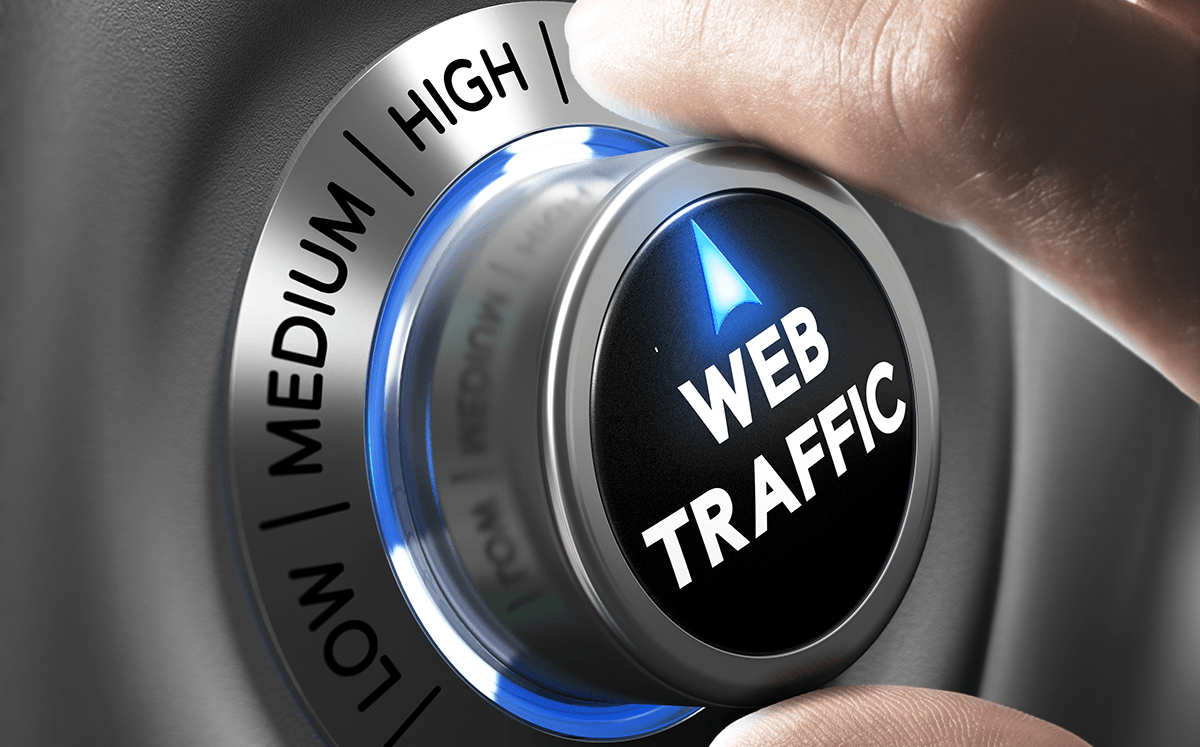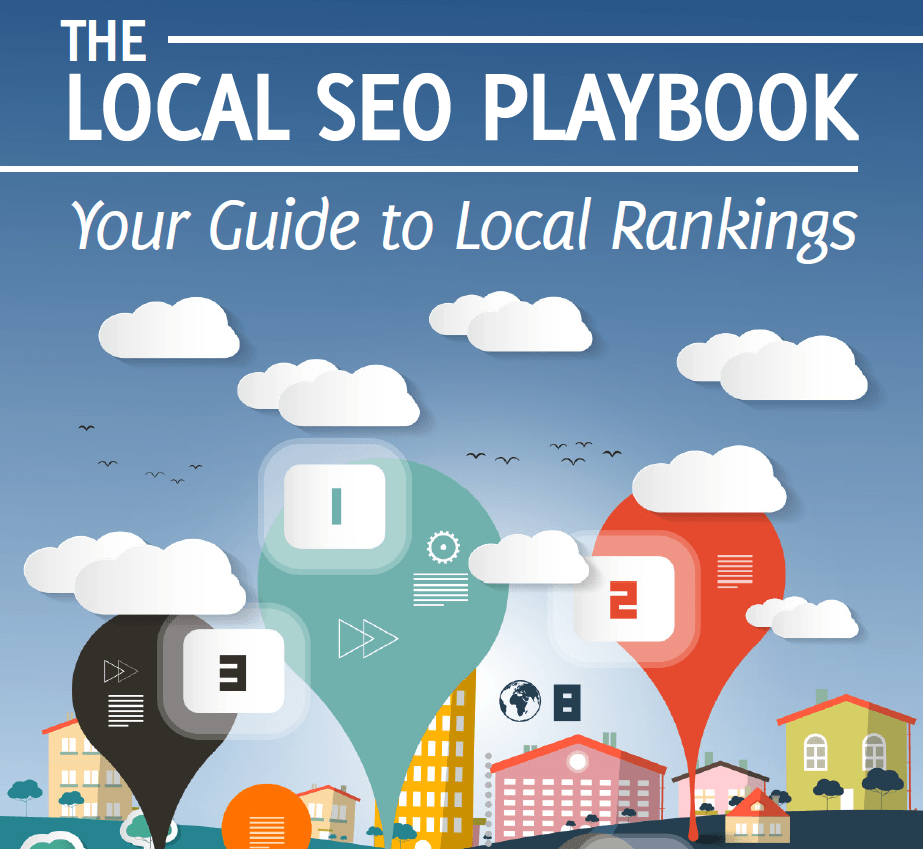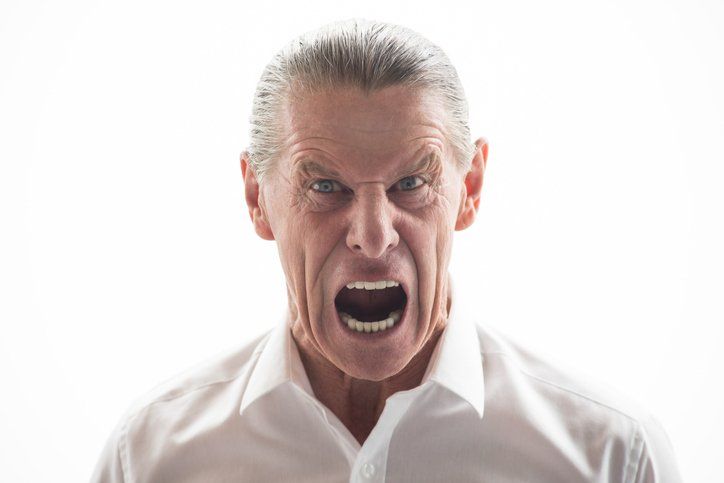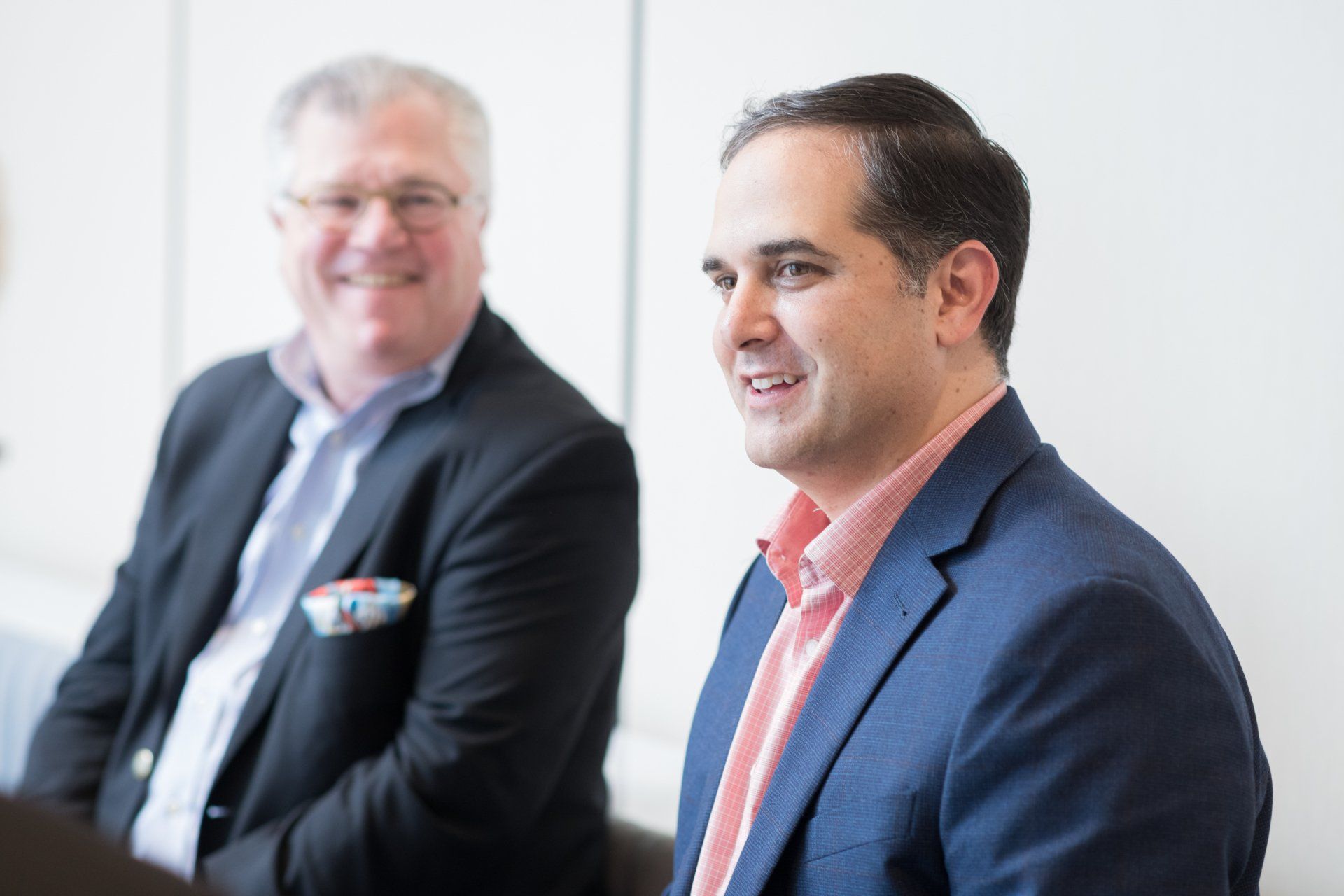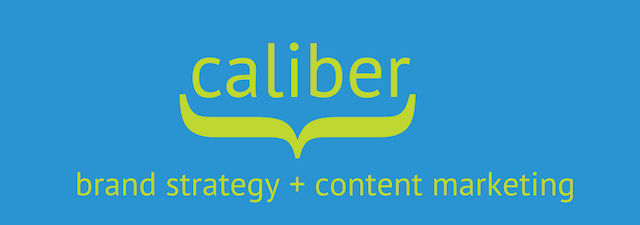How big will your company get before you get bad?
by Dan Gershenson
As he was pondering the idea of expansion many years ago, the late Jay Chiat of southern California ad agency Chiat-Day once thought, “Let’s just see how big we can get before we get bad.” As such, the volume of work increased, the agency grew and although there were still “home runs” of memorable work in the bunch, it could be argued there were fewer of them.
It’s a question that many wonder but few can concretely define – how big can a company be to reach its peak of effectiveness and brand equity before it begins to be tarnished? It’s one that even us in the advertising and marketing business can’t agree on (5 people? 30 people? No more than 100 people?). How much work should we agree to come through the door in order to balance the quality of what we believe in delivering with what we want to achieve in revenue?
It’s something Goose Island has to seriously ask itself in a new era. One of our city’s greatest beers, the popularity of Goose Island has only grown and grown until it was recently sold to, of all companies…Budweiser. Now, anybody who knows a beer “purist” understands that this amounts to a cardinal sin. But then, on top of that startling twist, came news that Goose Island was moving production of its popular 312 line of beer from Chicago…to New York.
There’s nothing wrong with a beer company wanting to sell more beer. And from what I’ve gathered from client experience, it’s certainly not easy being a craft brewer. You want to stay true to the ingredients that make for a better beer, you want to build distribution channels and you want to do right by the loyal fans who chose you over visibly cheaper options. Yet, as you expand, you have to ask yourself at what level does increased production compromise what you’ve built? Is it worth it if it comes at the expense of your brand’s heritage or your most die-hard fans?
In contrast, take the example of the Boston Beer Company , brewers of Sam Adams. Founder Jim Koch brewed his first batch of beer in 1984, debuted it in 1985 and within a year expanded beyond Massachusetts to Connecticut. He would also expand to breweries in Ohio and Pennsylvania. Now you can get Sam Adams in many grocery stores, yet Jim Koch never sold his company to all the big macrobrewers who came calling.
I don’t expect Greg Koch of Stone Brewing Co. (no relation to Jim) to sell to the Big Boys of Beer either. Yet Stone Brewing enjoys large distribution and has grown by 50% every year. He is a self-described “beer geek” and as such found a calling. It’s not his goal to dominate the beer world. And he doesn’t want to sell to the “generic” consumer because he believes those consumers will only choose safe and familiar – even if they know those choices are not the best choices. Could Greg Koch sell to Budweiser, watch Stone get distributed in even more places and see oodles of money roll in? He could. Easily. But it wouldn’t be true to his brand’s heritage and values. And since he is the poster boy for craft brewing, it would be hypocritical to his very core to sell to a giant brewer (just view his keynote at the 2009 Craft Brewers Conference, “ I Am A Craft Brewer “). You’d stand a better chance of seeing Wrigley Field re-named Cardinalville.
Perhaps a sale to Budweiser and production moving out of Chicago doesn’t mean much to the average beer drinker. But considering the company they keep in the craft brewing community, it should’ve mattered more to Goose Island. Founder John Hall says he hopes to return to all brewing to Chicago within a few years with a new plant that’s built here.
While I look forward to that day, let’s hope he hasn’t alienated too many people by then.
What about you? Have you defined a set of values that guide your company so concretely that increased sales and distribution are always on the same page as your brand without compromise? You don’t have to brew beer for a living – regardless of industry, feel free to share them here.
The post How big will your company get before you get bad? appeared first on Caliber Brand Strategy + Content Marketing.
The Fractional CMO

